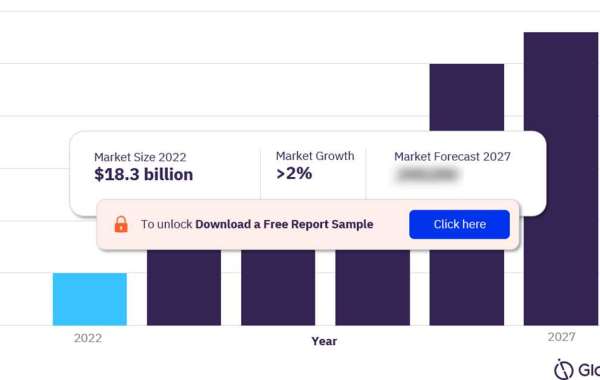Key Players: Several major players dominate the Australian telecom services market. Telstra, Optus, and Vodafone are the primary mobile network operators, offering a range of mobile plans and services. Telstra, in particular, has historically held a strong market position due to its extensive network coverage and infrastructure.
Market Trends:
5G Rollout: The rollout of 5G technology has been a major focus in the Australian telecom market. It promises faster internet speeds, lower latency, and the potential to enable new technologies like IoT (Internet of Things) applications.
Data Consumption: With the proliferation of smartphones and other connected devices, data consumption has been on the rise. Consumers are increasingly demanding high-speed data plans to support their streaming, gaming, and online activities.
Fiber Optic Expansion: There's been a push to expand high-speed broadband services using fiber optic technology. The National Broadband Network (NBN) project aims to provide high-speed internet access to most Australian households and businesses.
Competition and Pricing: The market has seen intense competition among the major players. This competition has led to price wars and the introduction of innovative plans to attract and retain customers.
Shift to Digital Services: Telecom companies are moving beyond traditional services. They're offering digital entertainment content, cloud services, and IoT solutions to diversify their revenue streams.
Challenges:
Rural and Remote Connectivity: Australia's vast geography presents challenges in providing reliable telecom services to remote and rural areas. Ensuring equitable access to high-speed internet remains a priority.
Regulatory Environment: The telecom sector is subject to regulations that can impact competition, pricing, and infrastructure development. Balancing regulatory requirements with the need for investment and innovation is an ongoing challenge.
Data Privacy and Security: As more data is transmitted over networks, ensuring the privacy and security of user data has become crucial. Telecom companies must navigate these concerns while offering seamless services.
Infrastructure Investment: Building and maintaining the necessary infrastructure, especially for 5G and high-speed broadband, requires significant investments.
Future Outlook: The Australia telecom services market is expected to continue evolving with advancements in technology. 5G adoption will likely drive new services and opportunities, especially in areas like smart cities, autonomous vehicles, and industrial automation. The expansion of high-speed internet access through initiatives like the NBN will contribute to digital inclusion and economic growth.
In conclusion, the Australia telecom services market is a dynamic and competitive landscape with ongoing technological advancements shaping the industry's future. Consumers can expect improved connectivity, innovative services, and a growing emphasis on digital transformation.
To gain more information on Australia telecom services market forecast, download a free sample








